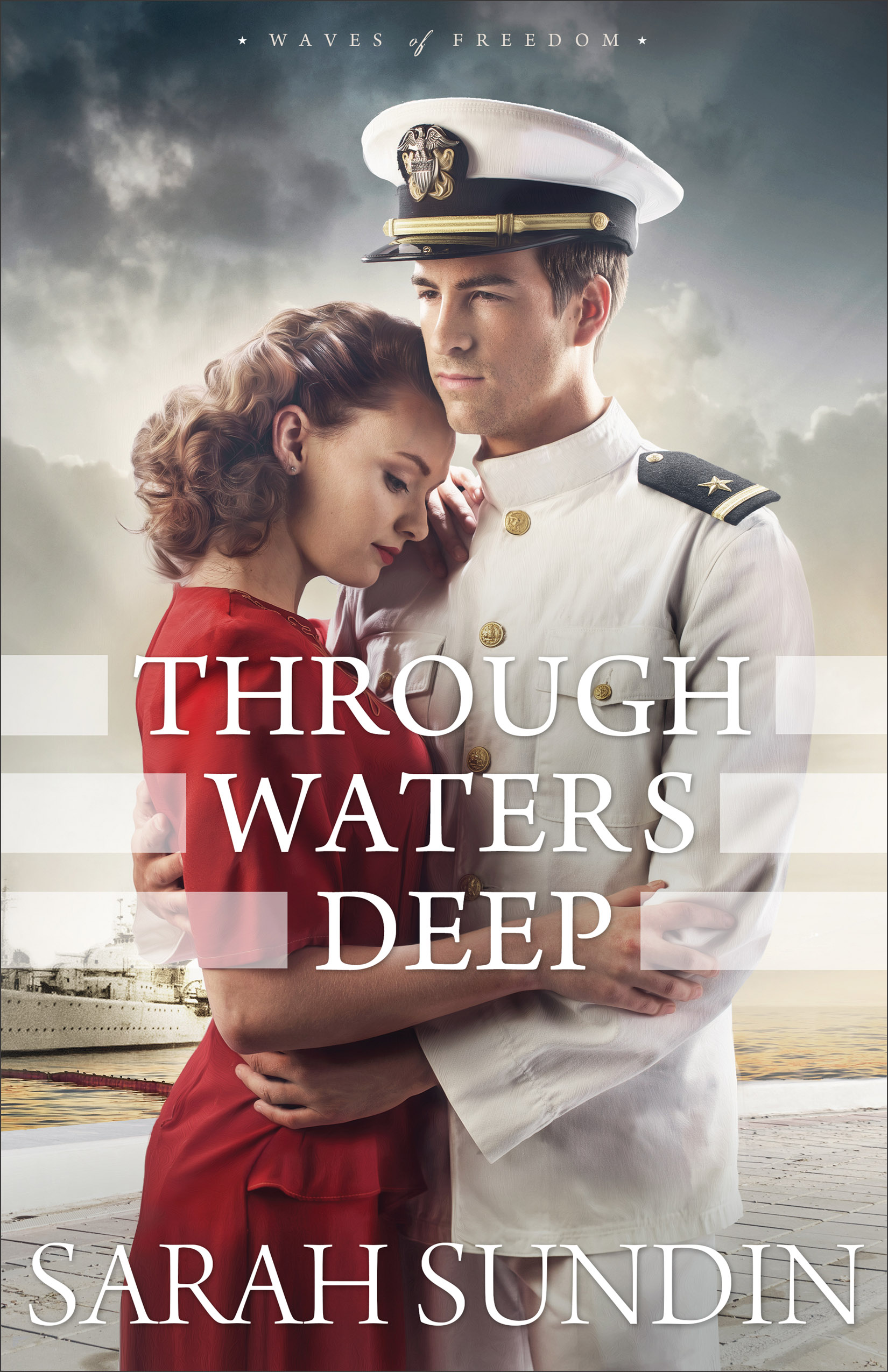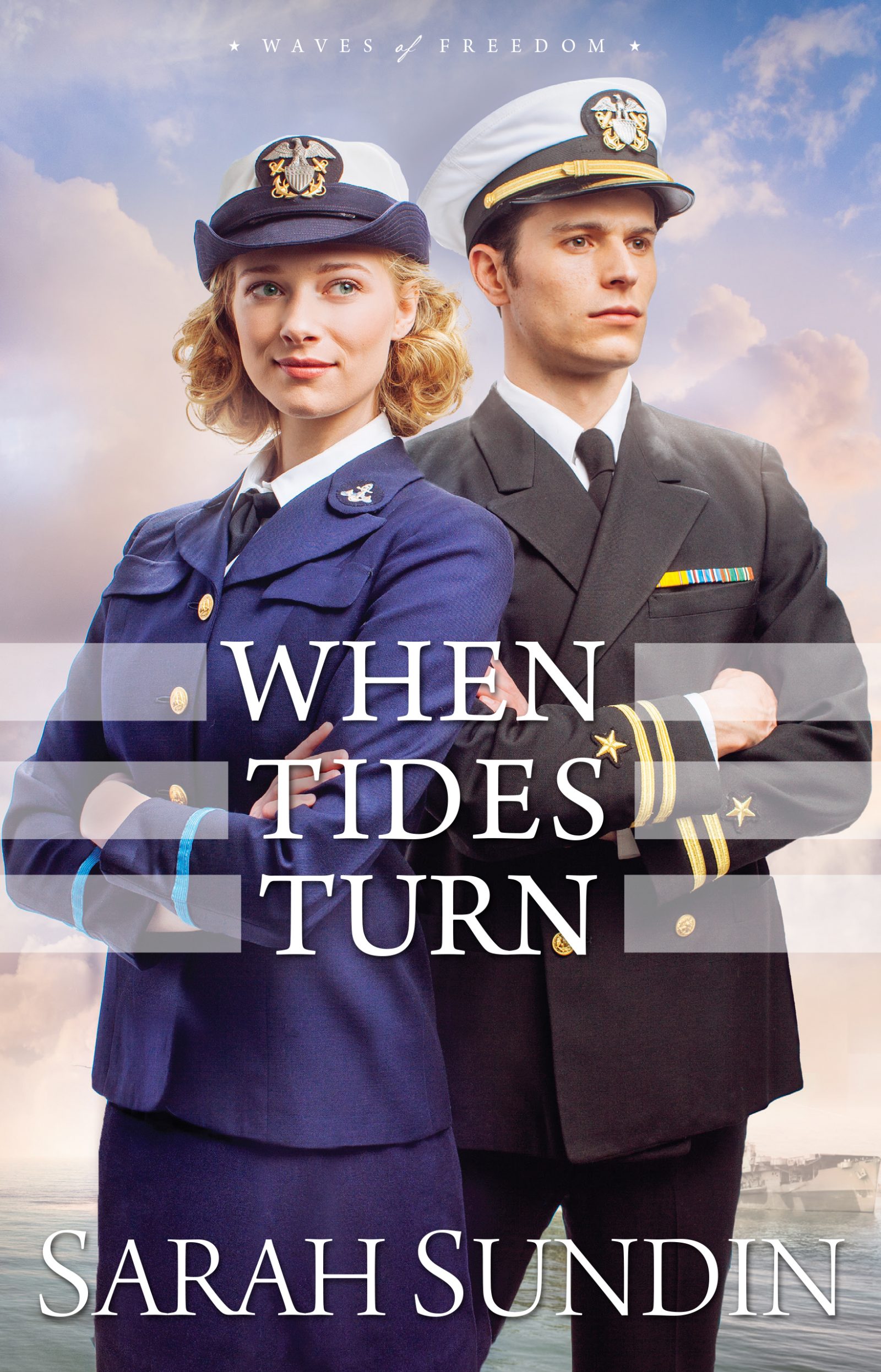Waves of Freedom
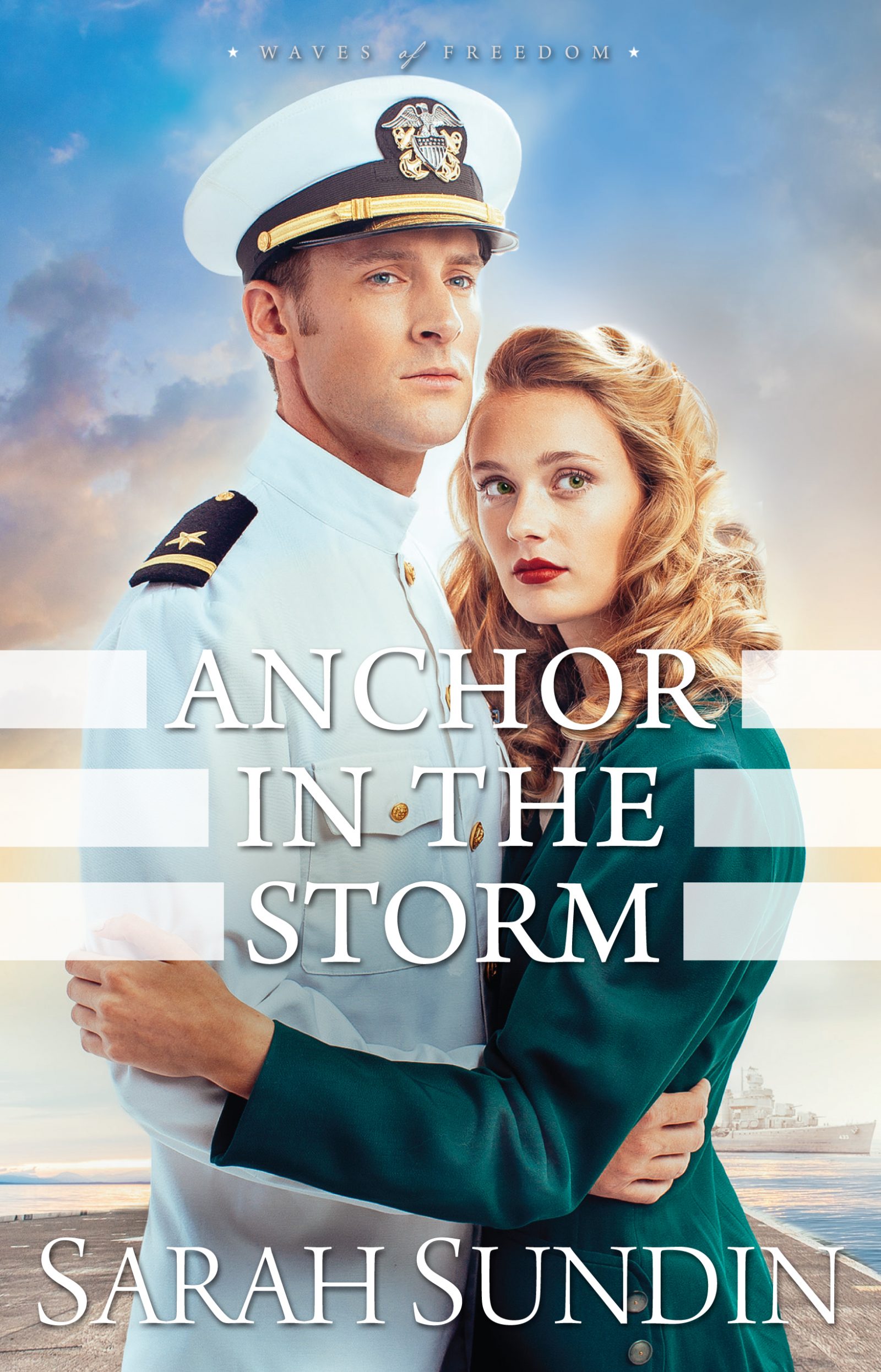
Anchor in the Storm
Book 2 in the Waves of Freedom Series
For plucky Lillian Avery, America’s entry into World War II means a chance to prove herself as a pharmacist in Boston. The challenges of her new job energize her. But society boy Ensign Archer Vandenberg’s attention only annoys her—even if he is her brother’s best friend.
During the darkest days of the war, Arch’s destroyer hunts German U-boats in vain as the submarines sink dozens of merchant ships along the East Coast. Still shaken by battles at sea, Arch notices his men also struggle with their nerves—and with drowsiness.
Could there be a link to the large prescriptions for sedatives Lillian has filled? The two work together to answer that question, but can Arch ever earn Lillian’s trust and affection?
“A delicious mix of mystery, romance, and girl power set at the beginning of WWII, will surely please fans. Lillian’s adventures, her dashing man, their growing faith in God, and an exciting historical context will satisfy readers looking for an uplifting story in the midst of falling hope.”
**4 Stars** “The second installment in Sundin’s Waves of Freedom series is as intriguing and heartfelt as the first. The drama of the war on the decks of a Navy ship is balanced by the adventure taking place on land. A sensitive yet fascinating look at combat fatigue, its facets and how it was treated gives the novel depth. The relationship between plucky Lillian and world-weary Arch is detailed and engaging.”
“Sundin delivers another thrilling mystery with enough twists to leave the reader in suspense and characters displaying grit and courage, but are still flawed.”
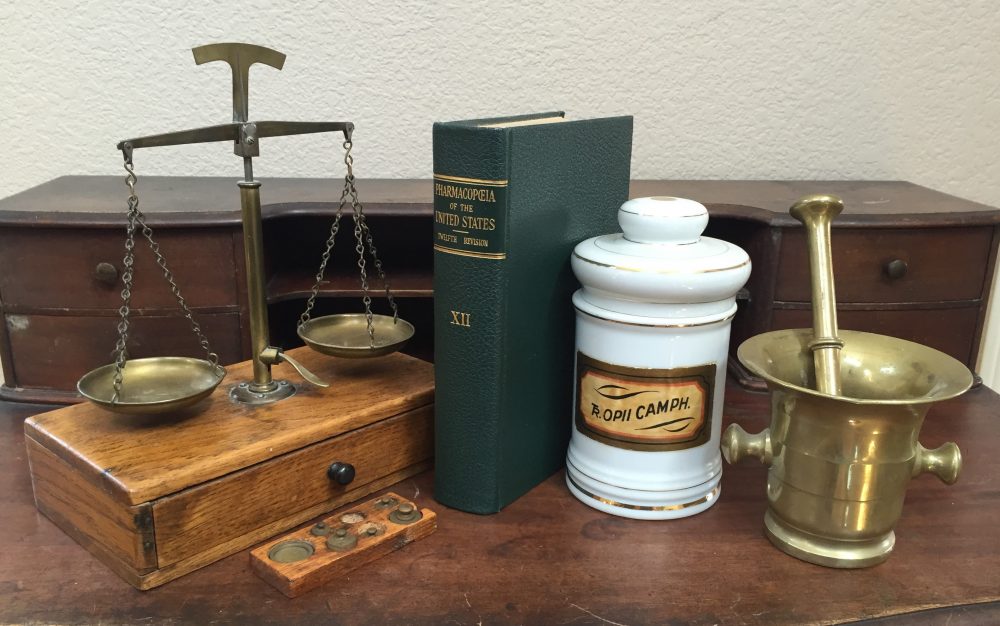
Arch’s naval story was inspired by the real events of Operation Paukenschlag (Drumbeat), Germany’s U-boat offensive off America’s East Coast. In the first six months of 1942, one hundred merchant ships were sunk off the US East Coast, killing thousands of merchant marines and passengers. Many of these sinkings were viewed by people on shore, at the beach with their families. It was a horrible time as the Navy scrambled to protect shipping with meager resources, and it really brought the war home to Americans.
Lillian’s story had a two-fold inspiration. First, as a pharmacist myself, I’m fascinated by pharmacy practice in World War II. Ever since I wrote On Distant Shores about an Army pharmacist in WWII, I’ve been longing to tell a story about a pharmacist on the US Home Front, especially about the expanding roles of women in the profession.
Second, my husband is also a pharmacist. A few years ago, he made a transition from medical research to community pharmacy—and he was shocked at the impact of the current narcotic abuse epidemic. He noticed abuses of the system and several forged prescriptions, and he began cracking down, turning away many suspicious prescriptions and calling the police on forgeries. My overactive novelist’s imagination kicked in. What if my husband enraged the local drug kings? Would they come after him? It didn’t take long for me to modify this concept to my female pharmacist in World War II.
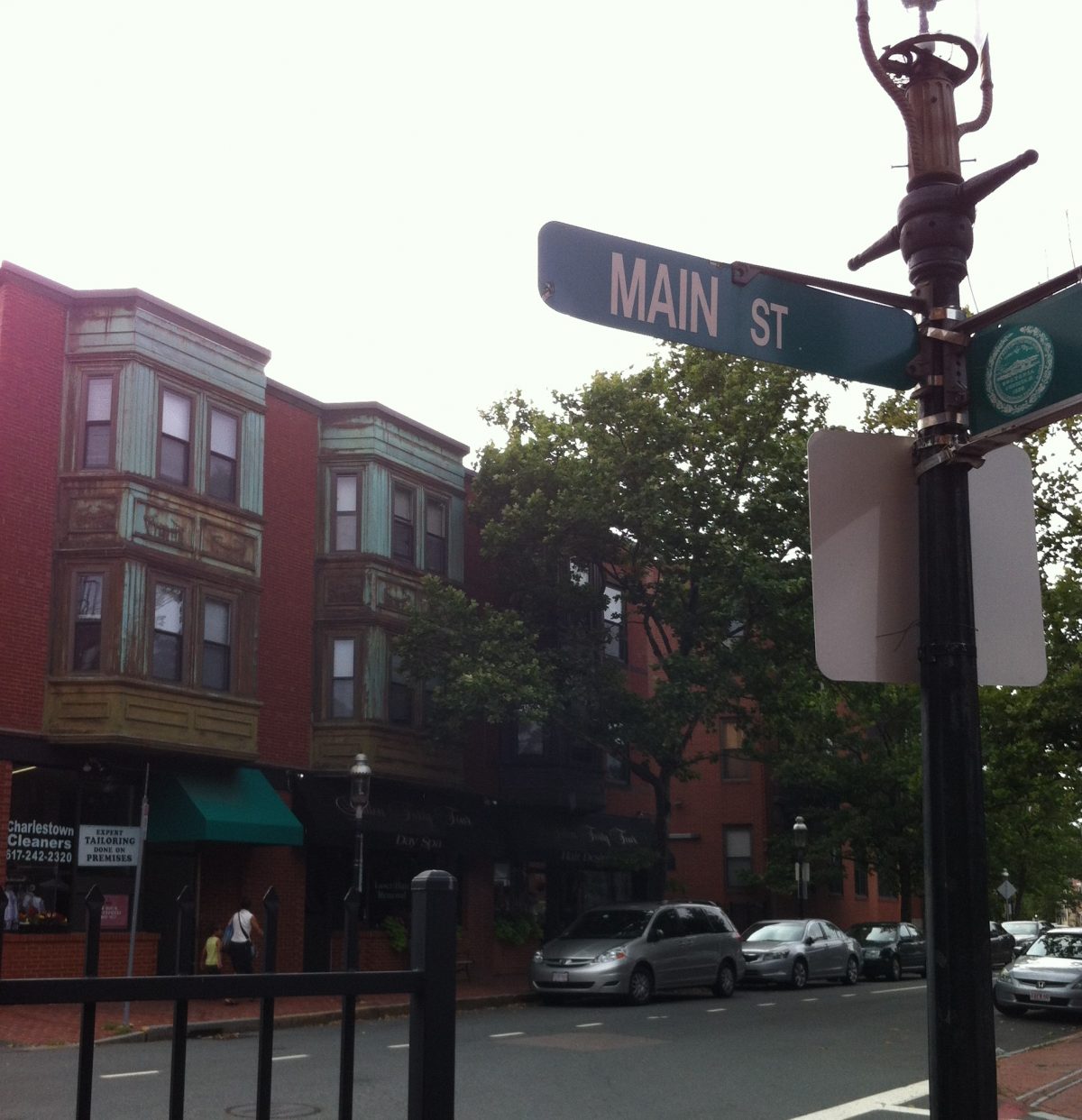
All locations are real, with the exception of Dixon’s Drugs, Morton’s Drugs, and the Rusty Barnacle. Also, the place names in Boston date from the 1940s—thus, the Boston Navy Yard instead of the current Charlestown Navy Yard, the “El” or the “subway” instead of the “T,” and the subway station names.
All characters are fictional, except for Dr. Harold Ockenga, pastor of Park Street Church, restaurant owner Mr. Okagi, pharmacists Albert and Jim Hart in Vermilion, and historical figures.
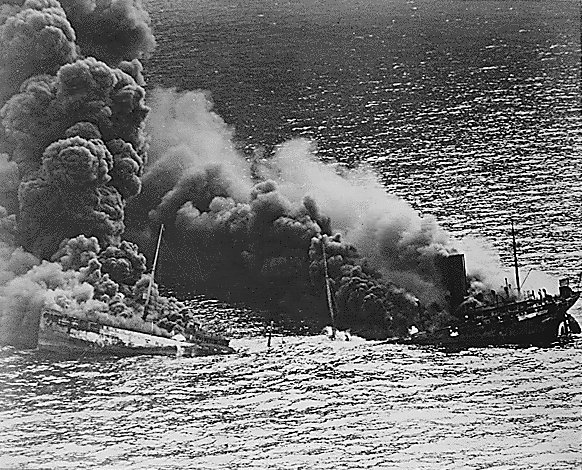
While the drug ring in the story is purely fictional and not based on historical incidents, the treatment of combat fatigue (now known as post-traumatic stress disorder) at the time is accurate. Great strides were made during World War II, as physicians and commanders slowly came to see it as a medical condition rather than cowardice or “weak nerves,” but treatment remained difficult. John Huston’s moving documentary on the treatment of “combat psychoneurosis” in World War II, Let There Be Light, was suppressed until 1980, but is now available to view.
The USS Ettinger is a fictional ship, but the situations she faced were typical. When Germany sent her U-boats to American waters for Operation Paukenschlag (“Drumbeat”), the United States was not prepared. Blackouts were considered but not ordered, due to cities complaining about decreased business. Too few escort vessels were available to form effective convoys, and too few aircraft were available for air patrol. Infighting among the various commands didn’t help. In the first six months of 1942, one hundred merchant ships were sunk in the Eastern Sea Frontier (off the US East Coast), killing thousands of merchant marines and passengers. The merchant marines and the officers and sailors of the US Navy and Coast Guard showed outstanding bravery and determination.
The sinkings of the Norness and the Traveller follow the historical record, although the survivors of the Norness were actually rescued by the destroyer USS Ellyson. The incident in chapter 25 is loosely based on the sinking of U-85 by the destroyer USS Roper.
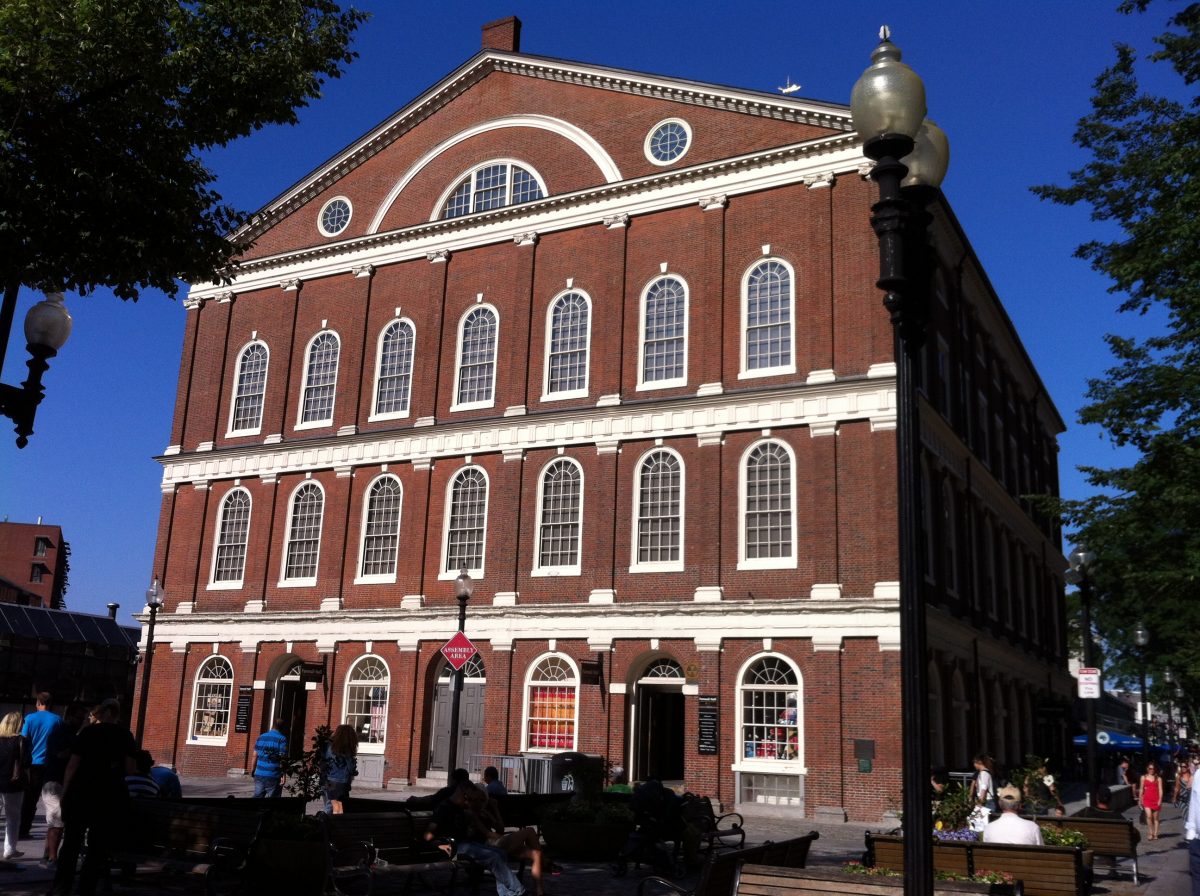
Please see my blog series, where I share photos from my research trip to Boston:
Old State House, Faneuil Hall, and Quincy Market
Boston Common and Public Garden
Paul Revere House and Old North Church
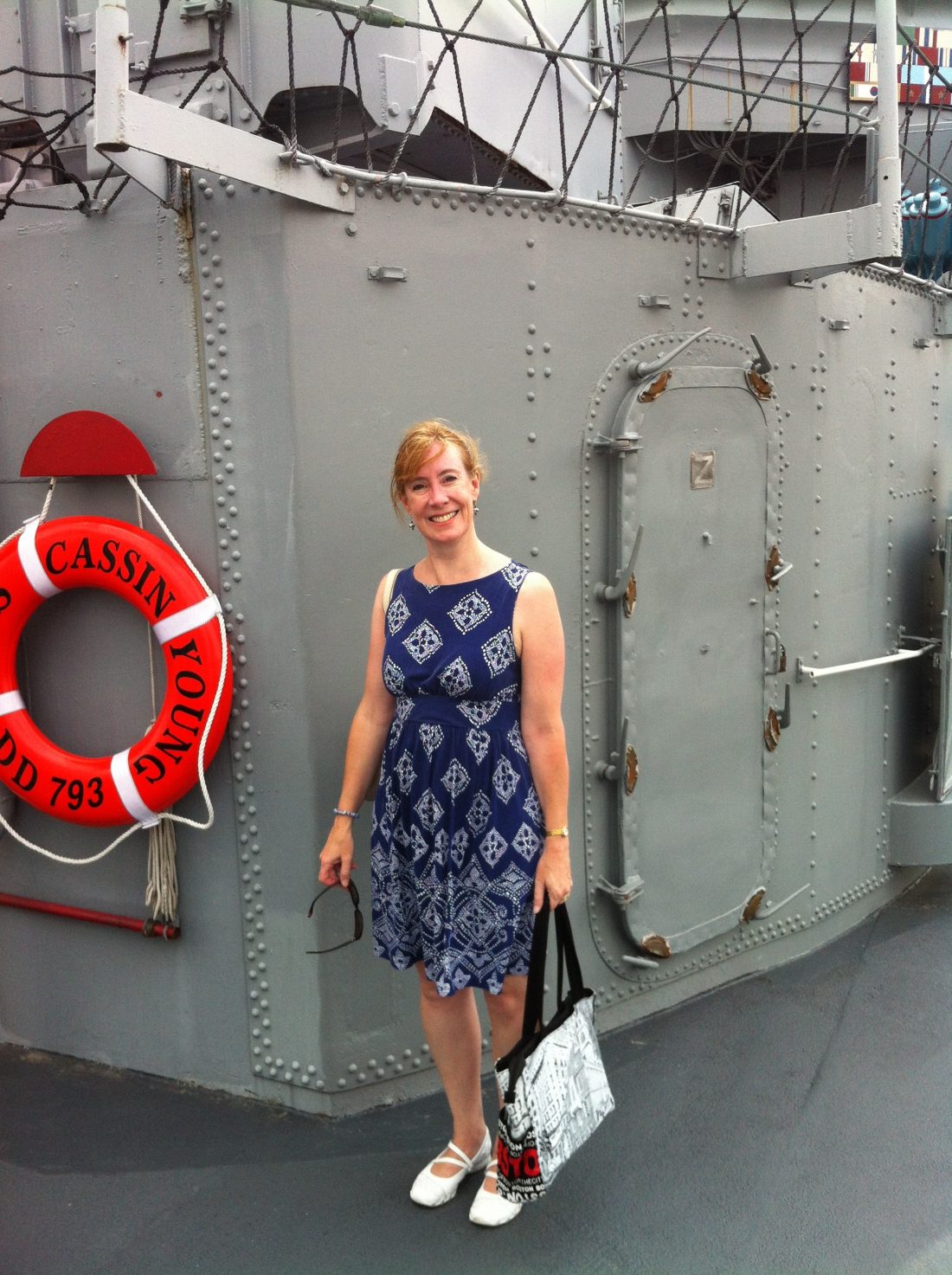
Please see my blog series, where I share pictures from my tours of Fletcher-class destroyer USS Cassin Young (Charlestown Navy Yard, Boston, MA), Gearing-class destroyer USS Joseph P. Kennedy (Battleship Cove, Fall River, MA), and equipment on battleships USS Massachusetts (Battleship Cove, Fall River, MA) and USS Iowa (Long Beach, CA).
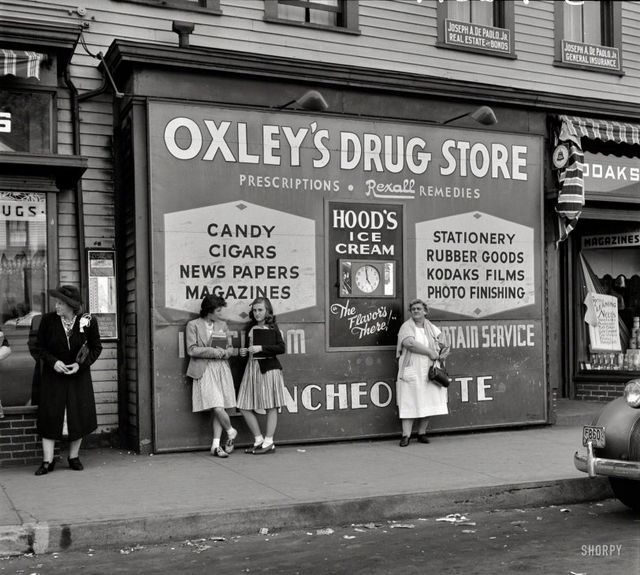
Please see my three-part series on Pharmacy in World War II:
A Visit to the Local Drugstore
Also, please read my blog post about women in pharmacy in WWII.

